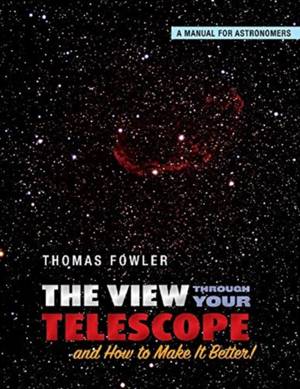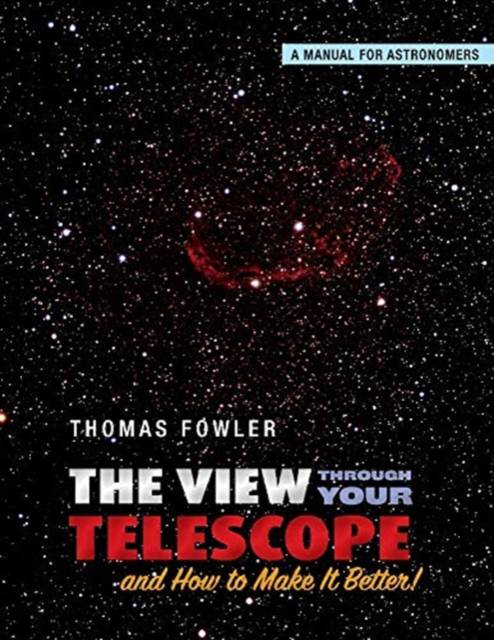
- Retrait gratuit dans votre magasin Club
- 7.000.000 titres dans notre catalogue
- Payer en toute sécurité
- Toujours un magasin près de chez vous
- Retrait gratuit dans votre magasin Club
- 7.000.0000 titres dans notre catalogue
- Payer en toute sécurité
- Toujours un magasin près de chez vous
The View Through Your Telescope and How to Make It Better!
A Manual for Astronomers Volume 1
Thomas Fowler
Livre broché | Anglais
92,45 €
+ 184 points
Description
This book was written to help astronomers of all levels of knowledge and experience deal with important questions about astronomical equipment, its limitations, and how to overcome these limitations with modern technology. Specifically, it addresses the following questions:1.Why does my telescope not show me the "pretty pictures" that I see on websites and telescope boxes?2.Why do larger telescopes make stars but not galaxies brighter?3.What are the limitations of the human eye, and how can they be overcome?4.Why are stars that are larger and brighter than the Sun so dim in the night sky?5.Why do I need an eyepiece at all with my telescope, since my eye has a lens in it?6.Why can I see things like galaxies at all when catalogs say that they have surface brightness of magnitude 22?7.Why do stars look big on photographs, but not when I view them in the night sky?8.How do I estimate how large star images will become?9.How faint an object can I see or image, and how long will it take?10.How can I overcome the effects of light pollution?11.What are ADUs, gain, and bit depth, and how do they affect my imaging?12.What is Electronically Assisted Astronomy (EAA), and what can it do for me?13.How can I make screen images more like eyepiece views, and what limitations to this are there?Though seemingly simple on the surface, these questions have non-trivial answers. But the answers explain much about how to achieve maximum performance and benefit from astronomical equipment. In the course of answering the questions we will explore many areas of optics, physics, and astronomy itself.The book was also written to help astronomers at all levels manage expectations. We have become accustomed to spectacular images of planets, clusters, nebulae, galaxies, and now even black holes. Modern astronomy equipment available to amateurs can provide amazing views of many objects; but some of the objects cannot be seen visually in any form resembling the images, and others are beyond the capabilities of earth-bound amateur equipment. It is important to know what can be done and what cannot, both in order to manage expectations, and to help with selection of appropriate equipment for personal or organizational use.There are many excellent books available that can teach you how to process images of astronomical objects, and others on the design and construction of telescopes. The present book is intended to supplement, not replace any of those other books. It was written because the author wondered about all of the above questions, most of which are not addressed or addressed adequately in existing books. So he found out the answers, in some cases through original research, and would like to share that knowledge with interested astronomers. This book relies primarily on basic geometric optics and simple algebra. Wave optics comes in only with discussions of diffraction. There is no discussion of quantum optics, which would be relevant for designers of specialty glasses used in optical systems but not for users of that equipment. Nearly all of the major points are illustrated with graphs and charts, to simplify application of the results by the reader.But it is important for the reader not to get lost in the mathematics and technicalities of optics, imaging and digital equipment. The goal is to use this equipment to enable a better experience of the wonder and beauty of nature that brought most of us to astronomy in the first place.
Spécifications
Parties prenantes
- Auteur(s) :
- Editeur:
Contenu
- Nombre de pages :
- 360
- Langue:
- Anglais
Caractéristiques
- EAN:
- 9781543978575
- Date de parution :
- 02-09-19
- Format:
- Livre broché
- Format numérique:
- Trade paperback (VS)
- Dimensions :
- 213 mm x 277 mm
- Poids :
- 975 g

Les avis
Nous publions uniquement les avis qui respectent les conditions requises. Consultez nos conditions pour les avis.






